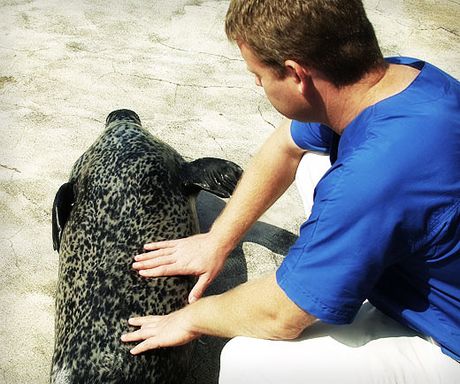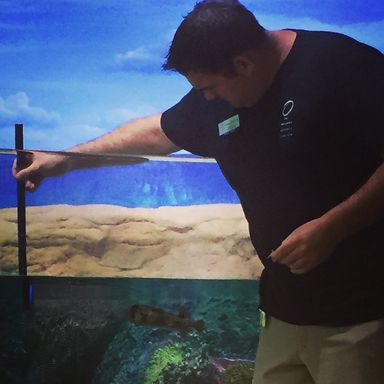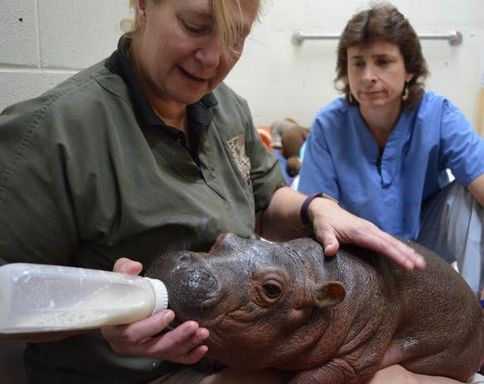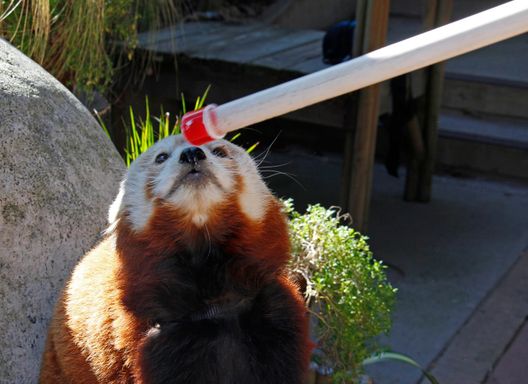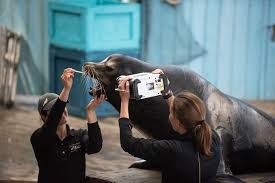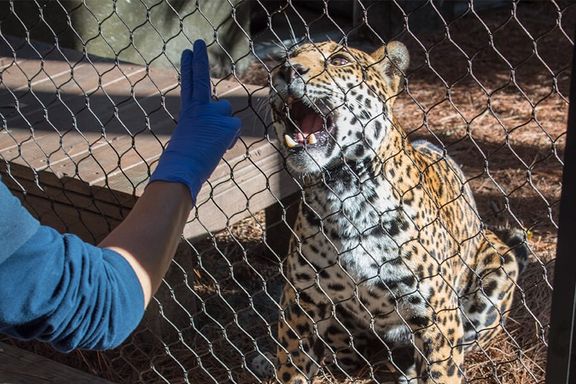Behavioral Husbandry Programs in Zoos
Behavioral husbandry is an essential aspect of animal care in zoos and aquariums. It is the understanding and management of the behavior of animals in human care, with the goal of promoting their physical and psychological well-being. This can include providing opportunities for animals to engage in natural behaviors, such as foraging, socializing, and exploring their environment, as well as using operant conditioning techniques to teach animals to participate in their own care.
One key aspect of behavioral husbandry is providing opportunities for animals to engage in natural behaviors. This can involve creating environments that mimic the animals' natural habitats and providing enrichment activities that encourage them to explore and use their natural instincts. For example, a zoo may provide a large, open space for giraffes to graze and roam, or a hidden area for a lemur to forage for food. Aquariums may provide enrichment activities for fish, such as hiding food in different locations or using different types of substrates to mimic different environments.
Enrichment can be as simple as adding new scents or textures to the animal's environment, or as complex as designing a new exhibit. Enrichment can be also categorized in two main types: Physical and Behavioral, Physical enrichment includes providing different substrates, climbing structures, and hiding places. Behavioral enrichment includes providing food in various forms and ways, such as hiding it, training animals to forage for it, or providing it in a puzzle feeder.
Another important aspect of behavioral husbandry is using operant conditioning techniques to teach animals to participate in their own care. This can include training animals to present specific body parts for examination or to take medication. For example, a zoo may train a gorilla to open its mouth for a dental exam, or an aquarium may train a dolphin to swim to a specific location for a health check. Some of the behavior’s animals are taught include touching a target, going to a station, getting on a scale, presenting body parts to receive vaccines, and for some birds, flights for educational programs, all based on positive reinforcement and trust built with their keepers. This not only makes the animal's care easier, but also reduces stress on the animal and improves the overall quality of their care.
Behavioral husbandry also includes monitoring the behavior of animals in human care and adjusting their environment or care as needed. This can involve observing animals for signs of stress, such as changes in feeding or sleeping patterns and adjusting the animal’s situation with the goal of increasing its overall welfare.
All zoos and aquariums should develop and implement a standardized training and enrichment program that includes an approval process, record keeping and evaluation system. It should be goal-oriented, and offers benefits for the animals, keepers, and visitors.

